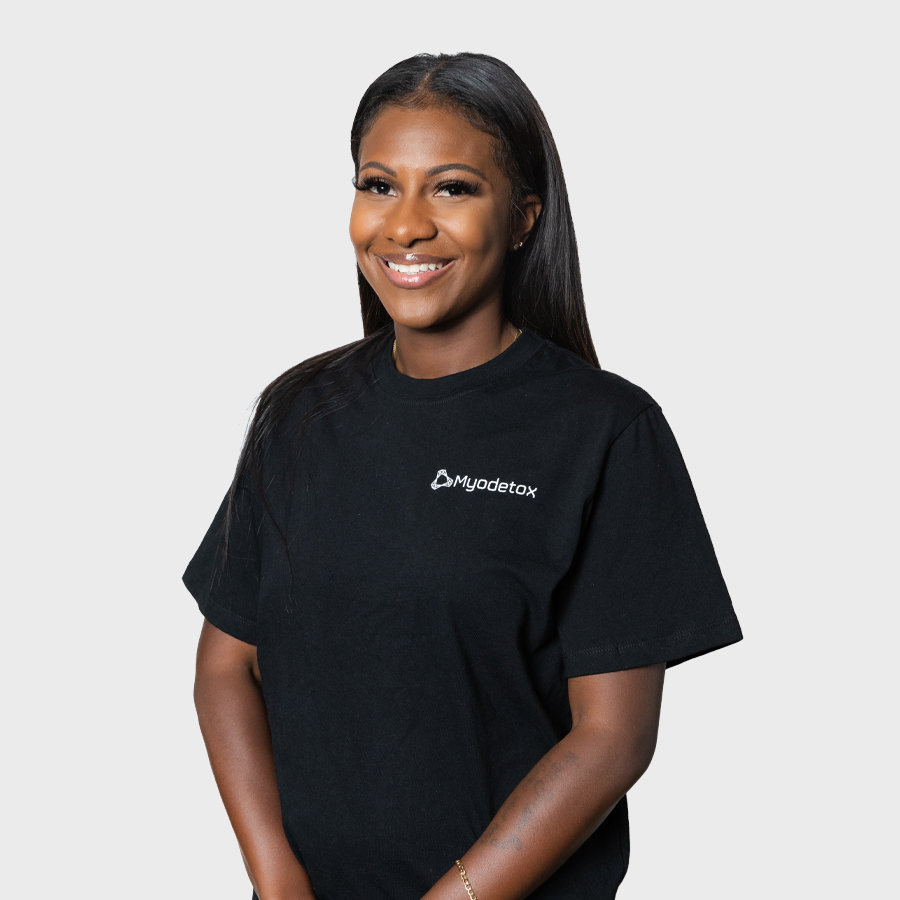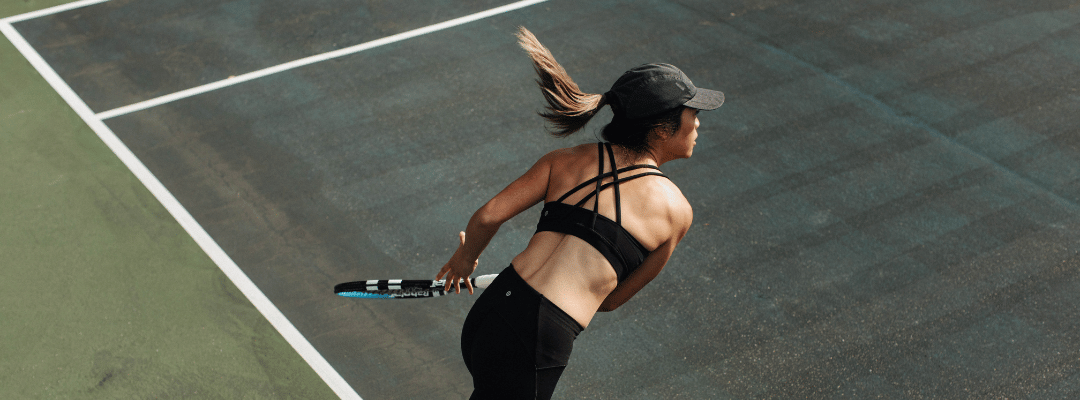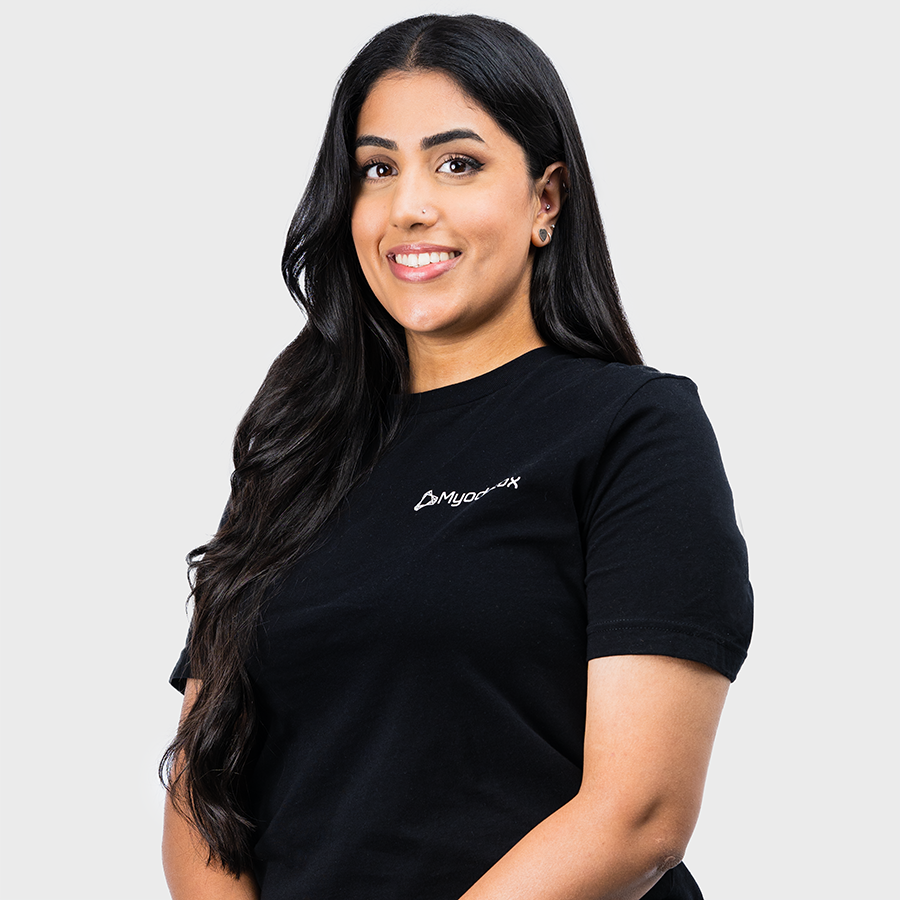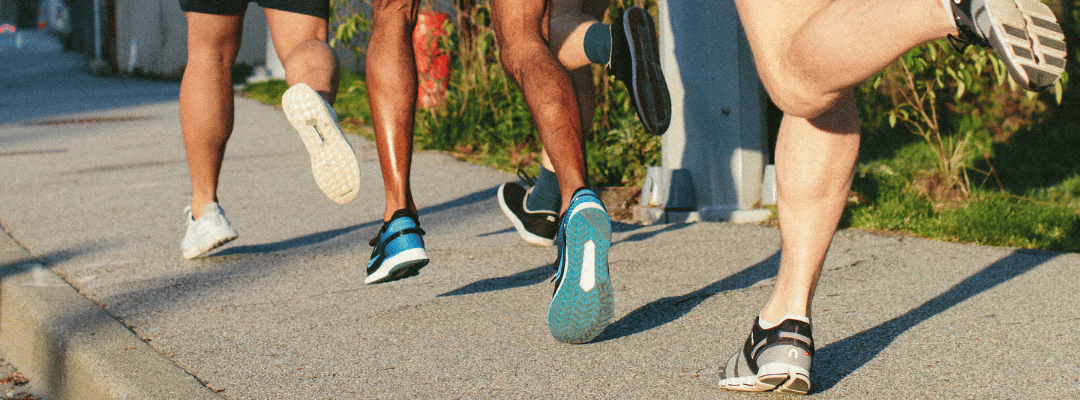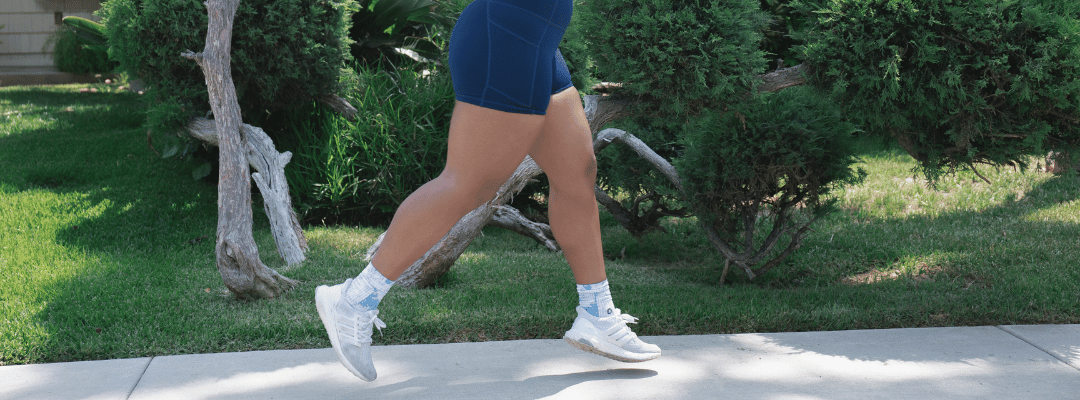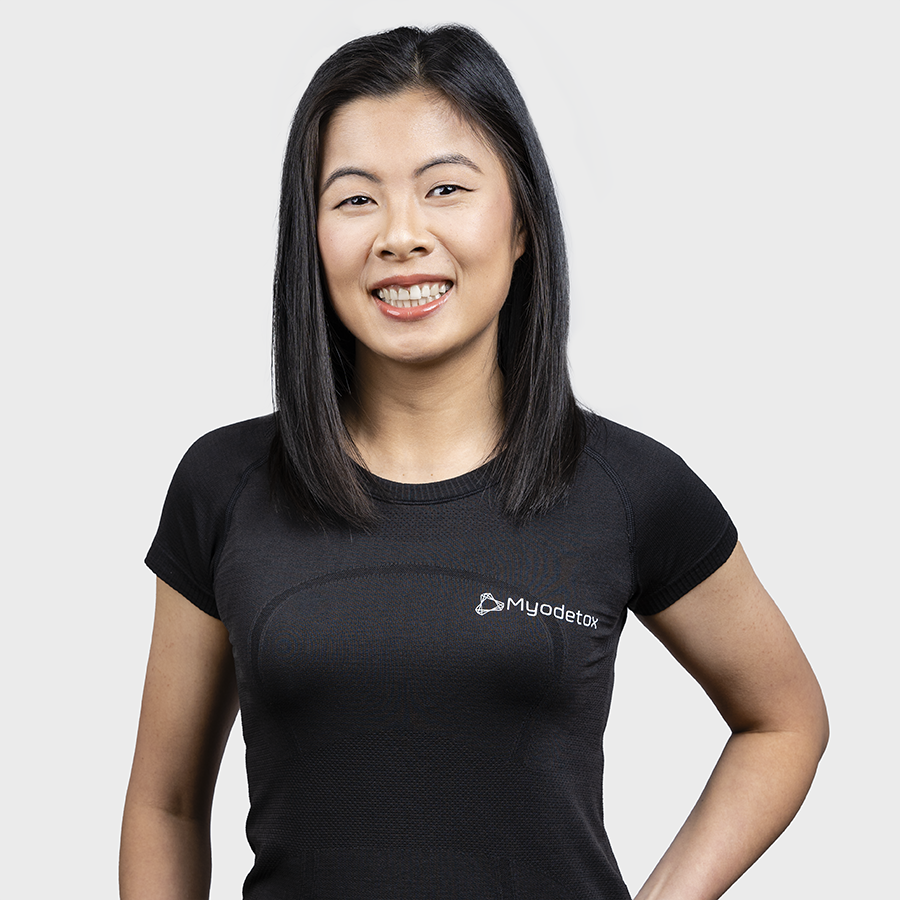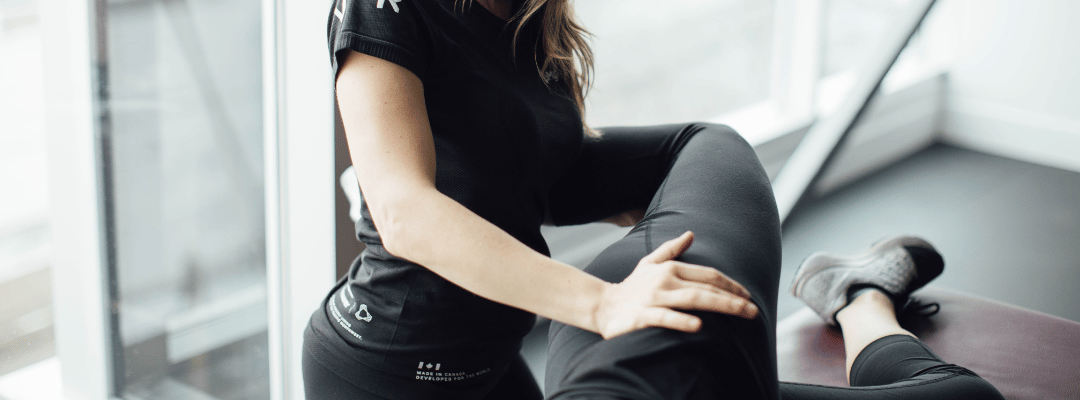What Is A Rotator Cuff Tear?
It’s the summer season, you’ve been asked to pitch for an upcoming pick-up softball game. Heck, you’ve been playing for over 20 years: this should be fun.
When you go to throw your first pitch, you suddenly feel a sharp pain at the top of your arm. You try to fight through the pain, but it’s hurting more and more to move your arm. What was that? Did I not warm-up enough? Did I hurt my rotator cuff? You’ve hurt your shoulder before, but not like this. This time…you can barely move! And all you were doing was something you’ve done for years.
Sadly, this isn’t an uncommon occurrence. And you may have a rotator cuff tear to blame.
What is Rotator Cuff Tear?
Hearing the word “tear” is never fun, especially when it comes to your body. Nearly 70% of people will experience shoulder pain at some point in their life, and this pain often involves the rotator cuff muscles and tendons. The worst of this is rotator cuff tears.
The rotator cuff muscles consist of four muscles: the infraspinatus, supraspinatus, teres minor, and subscapularis. All these muscles have tendons that attach to the top of your arm. These rotator cuff muscles surround your shoulder blade to do two things – initiate and stabilize your shoulder movement. They bear the brunt of responsibility when it comes to shoulder movement, and we take them for granted until we get injured.
The tendons are often injured when we do quick movements with load, or when we’re challenging our shoulder beyond the capacity it can handle. But, time can work against your shoulder, too. Many partial rotator cuff tears are a result of degeneration i.e. wear and tear.
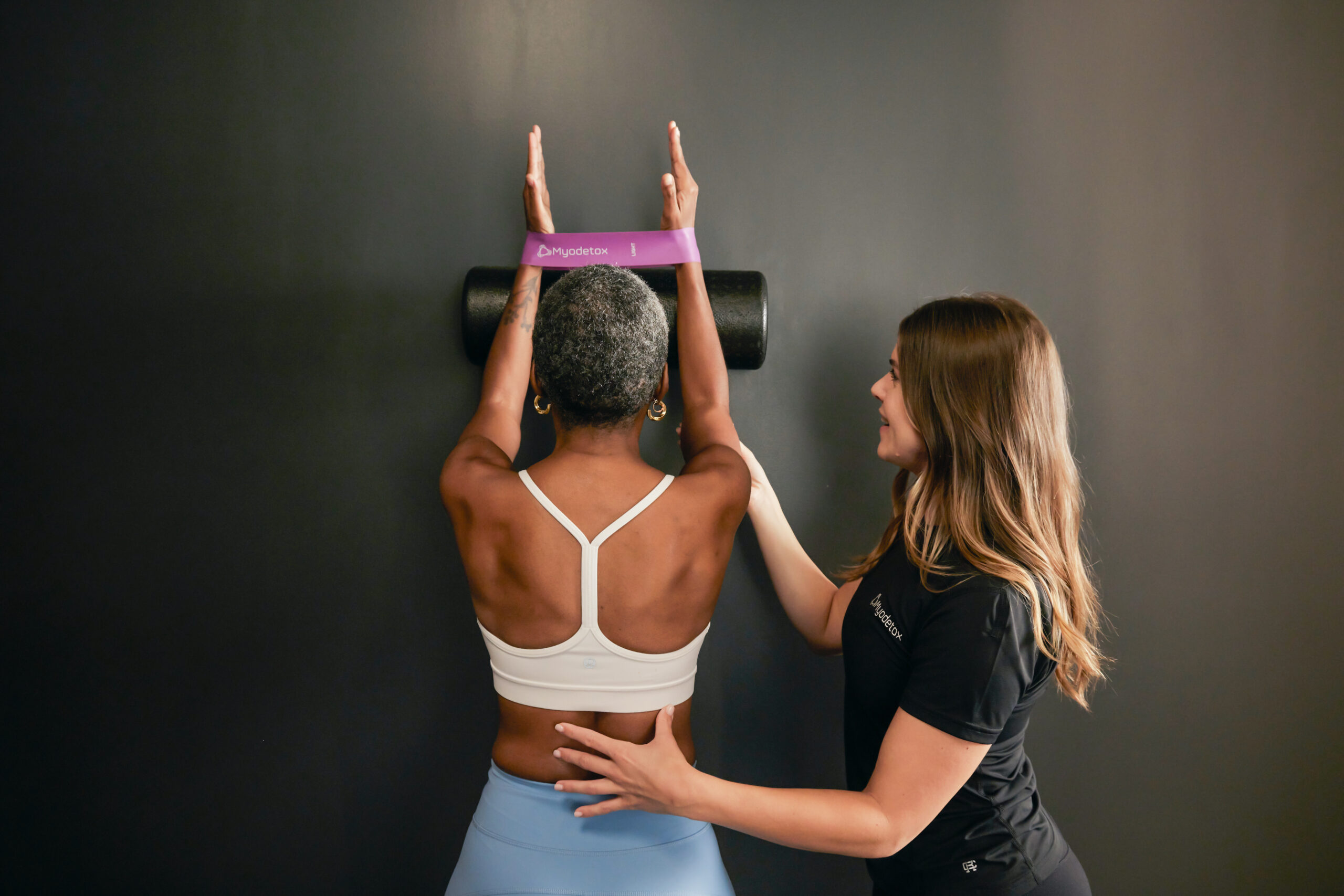
What Does It Look Like?
Tears of our rotator cuff tendons are either incomplete (e.g. partial) or complete. The most common being the partial rotator cuff tear.Partial rotator cuff tears can limit your shoulder range of movement and strength. Everyday tasks like putting a bra on, opening the fridge, or pouring a cup of coffee can become irritating. Suddenly, lifting overhead or getting into downward dog can be a pain. And that itch on your back? It will be nearly impossible to reach!
Immobility and compensating movements are often seen with partial tears, followed by pain with movement. But this isn’t always the case. In fact, there are people with partial tears that have no limitations in movement and no pain.
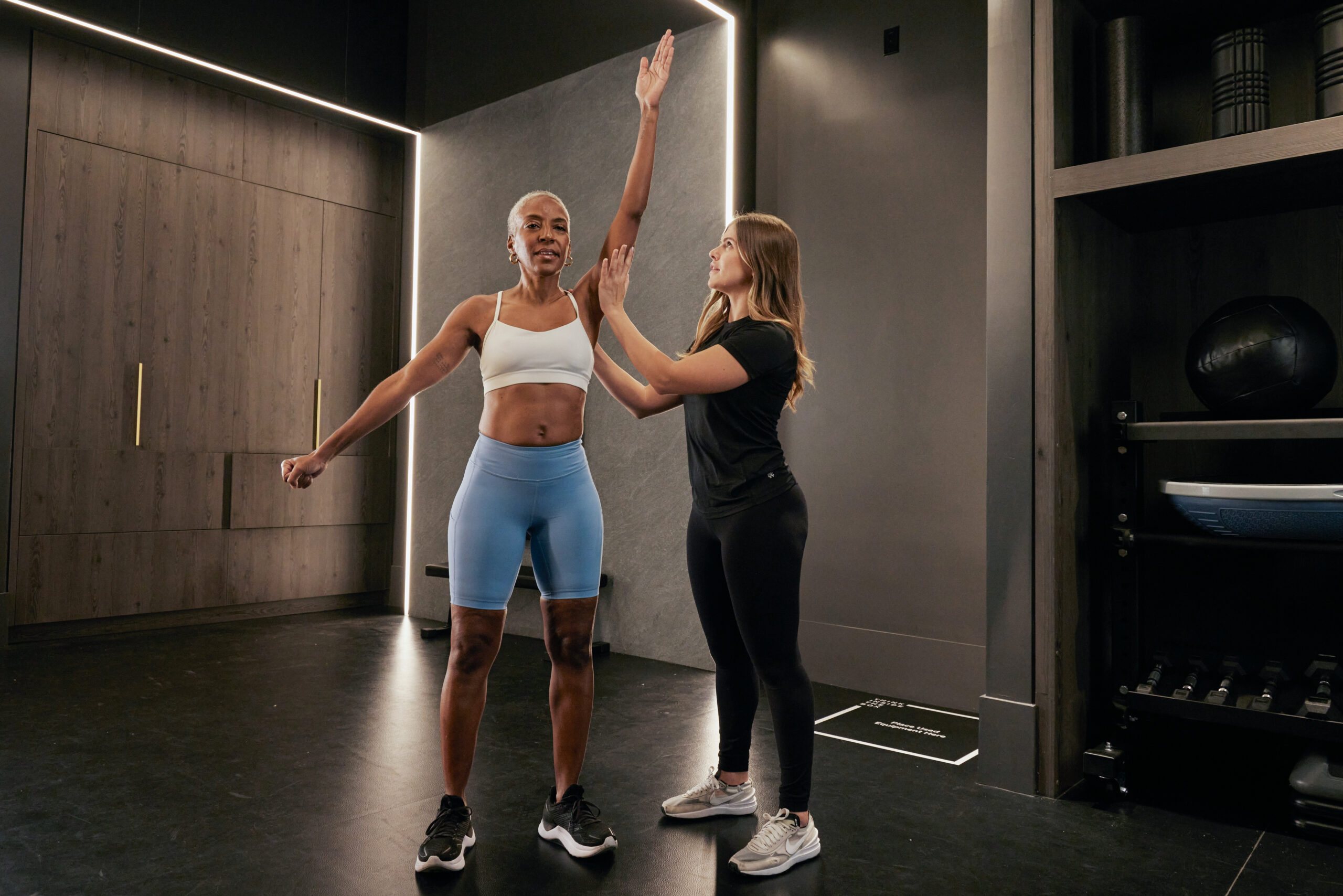
Who Does It Affect?
What makes partial rotator cuff tears interesting is that many of them can go unnoticed over the years. We typically start to develop rotator cuff weakness as we enter our 30’s, and this weakness tends to progress as we age – unfortunately, this weakness is more prominent in women. As we age, partial and complete rotator cuff tears become more common.The exact mechanism of this weakness is not known, but this much is true – tears do not always lead to pain, and tears are not always the direct result of injury. Time and our biological make-up can play a significant role in developing a partial tear. Of course, injuries and trauma can lead to partial and complete rotator cuff tears. But this does not mean you’ll never be able to move your shoulder the same way again.
What Can Be Done?
Surgery is rarely done for partial rotator cuff tears. It is encouraged to manage rotator cuff tears conservatively with physical therapy prior to considering more invasive interventions.Managing shoulder dysfunction is simple in theory:
1. Work needs to be done to optimize shoulder range of motion. This can involve hands-on therapy and corrective exercises dedicated to mobility optimization.
2. Strength needs to be gained so that your shoulder can handle the load needed to carry-out everyday tasks, as well as participation in the sports and activities that make us happy.
For those experiencing incomplete rotator cuff tears, try these exercises below to get you started: CARS
The work that needs to be put in is the hard part. The shoulder joint is complex in that its movement and stability relies heavily on our muscles, joints, ligaments, and nervous system. Thankfully, having the right therapist by your side ensures you have the right tools needed to address this. The evidence fully supports the use of non-surgical interventions to manage partial rotator cuff tears.
Ready to play ball?
After the pain that was felt trying to throw a ball, you decide to see your physician who orders imaging for the shoulder. A week later, two things happen: your shoulder feels better with movement, and your imaging finds a partial rotator cuff tear. How can this be? Your shoulder movement has improved within a week, but a partial rotator cuff was found. Turns out, the physician points out that the rotator cuff injury appears old – you’re only feeling some of its effects now. It’s time to see a Physical Therapist.When we have damage to the shoulder, the body is amazing at adapting to the given circumstances. Identifying areas of weakness is identifying opportunity – strengthening and stabilizing the shoulder can re-establish movement and ensure you’re getting back to doing the things you love.
Consulting your physician is never a bad step, but what’s found in imaging doesn’t always correlate with how a damaged shoulder moves and feels. A rotator cuff tear can be overcome with the right therapist and team by your side.




